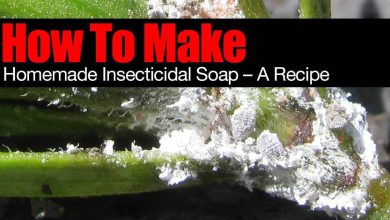Plant Chiles in Spain
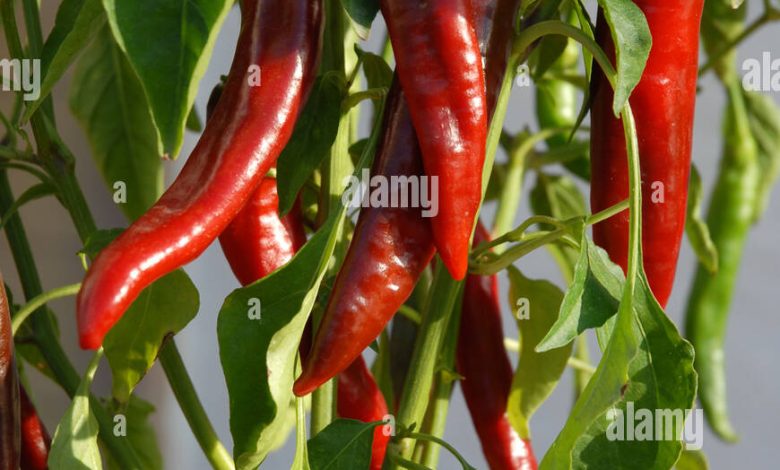
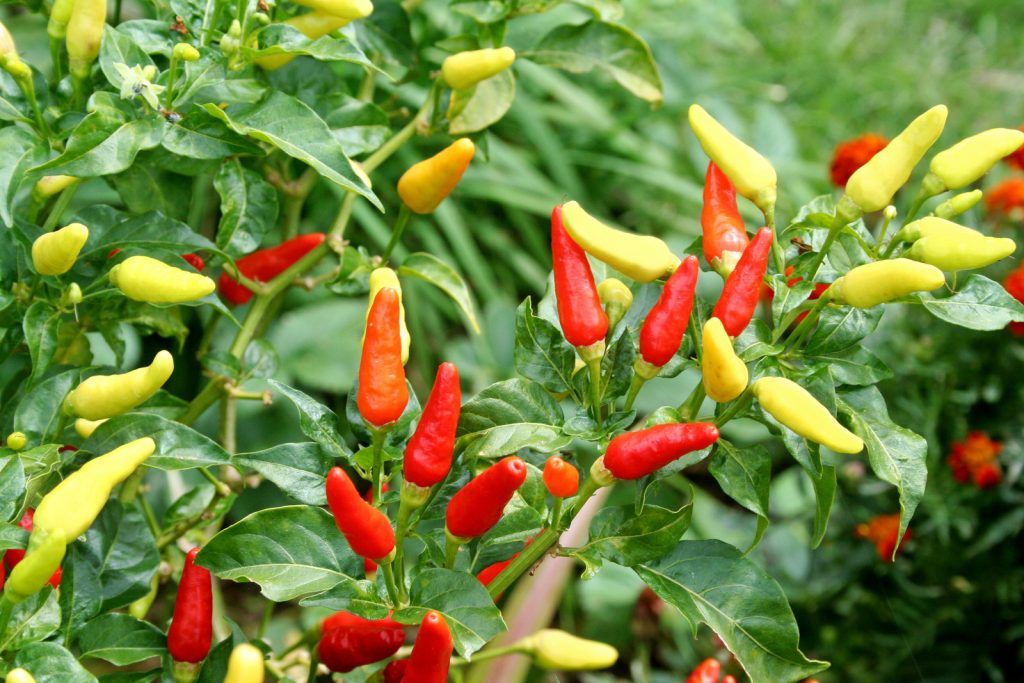
When to plant chillies in Spain?
Having chili plants at home is one of the best decisions you can make in your life as a small farmer (even if you don’t like spicy). These vegetables that are so popular in the cuisine of the world are very varied and their plants have the property of serving at an ornamental level.
The structure of the plant as such is beautiful and its flowers and fruits are capable of doing much in terms of decoration. So if you are thinking of planting chili peppers in Spain, the most normal thing is that you ask yourself, when to do it?
What is the best time to plant chili peppers?
The best time to plant chili peppers outdoors is late in the spring and the risk of frost has passed.
How to plant jalapeños in Spain?
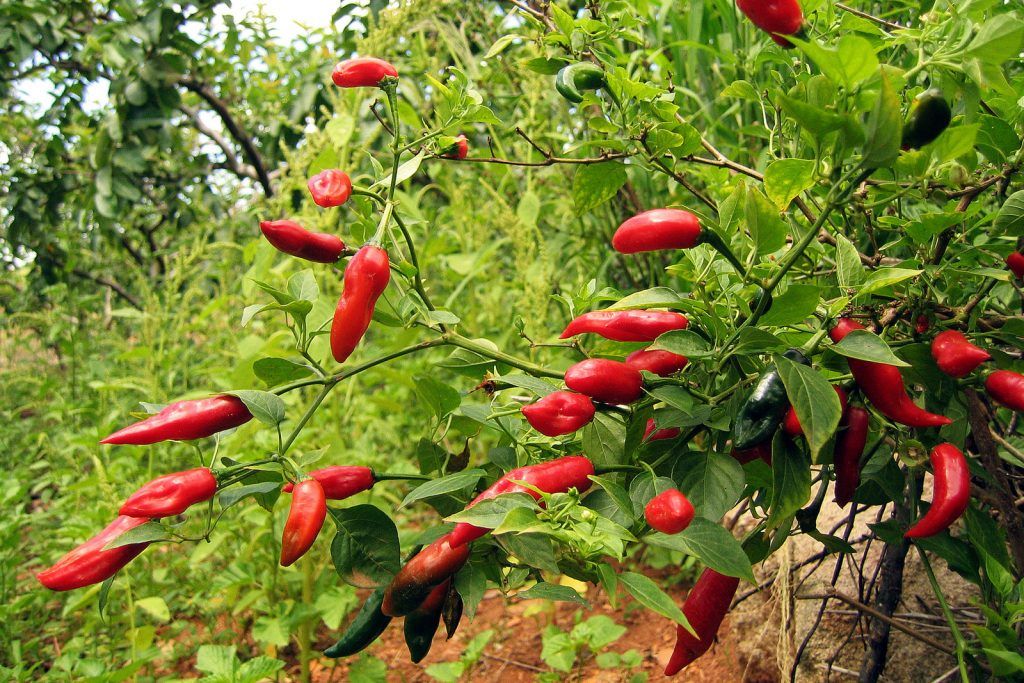
The planting of chili peppers is usually carried out in two phases.
Phase 1: Germination
The chili reproduces through seeds that you will have to get from a fruit from a healthy plant or from the purchase of selected seeds in a store. These you have to put them to germinate in a seedbed towards the end of winter, keeping them protected from the cold.
The most convenient temperature for the chili seed to germinate is about 25º C. Remember that it is very important that the substrate is well humid at this stage to promote faster germination.
Phase 2: Transplantation of the seedling
When transplanting you must take into account if you will do it outdoors or in a pot to keep indoors. In the first case, it is essential that the environmental conditions are favorable for the plant to support the change of environment and establish itself well.
In the second, you can recreate the conditions it already enjoys by keeping it in a larger pot so the roots have more room. The main thing is to ensure that the plant has enough strength to withstand this change so you will have to wait for at least two pairs of leaves to come out.
How long does chili take to grow?
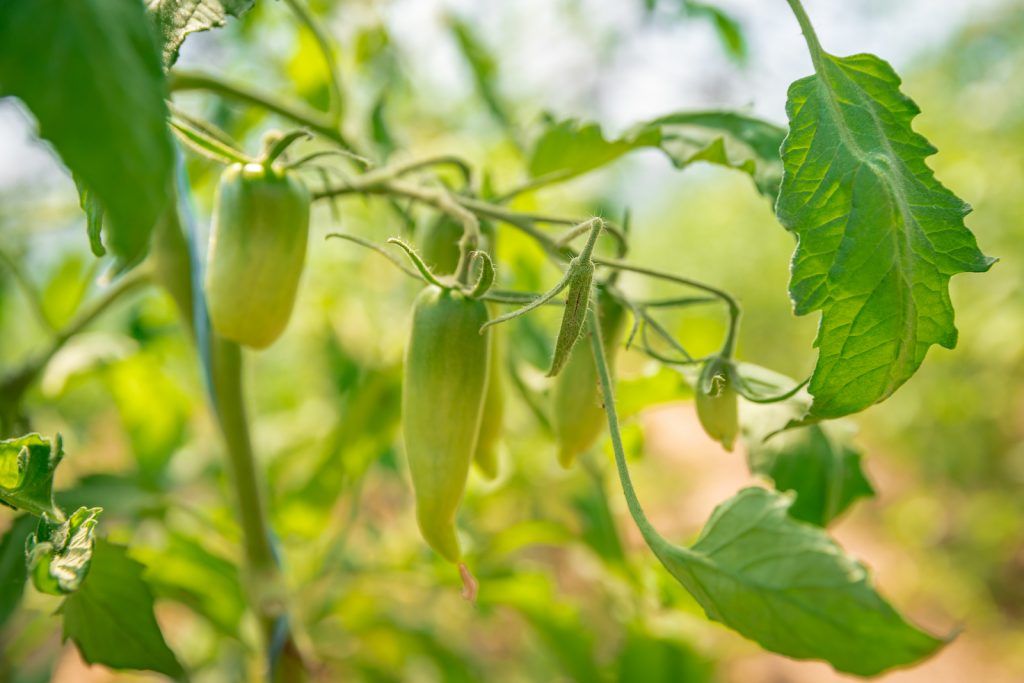
From the time the seed is planted, it takes between 20 and 25 days to germinate if the conditions are right. Flowering will come about two months later. The good news is that this is a self-pollinating plant, so with a single specimen you will not have problems.
Now, the production of chili as such will depend a lot on the species and the care it has had.In some cases, no harvest is reached in the first year, while in others it is capable of producing throughout its lifetime (around 3 years).
Here the important thing is not to despair because everything in the agricultural world requires time and special care to achieve the objective. If the pollination is correct, it is possible that in a couple of months you will already be eating your chilies.
How is chili grown?
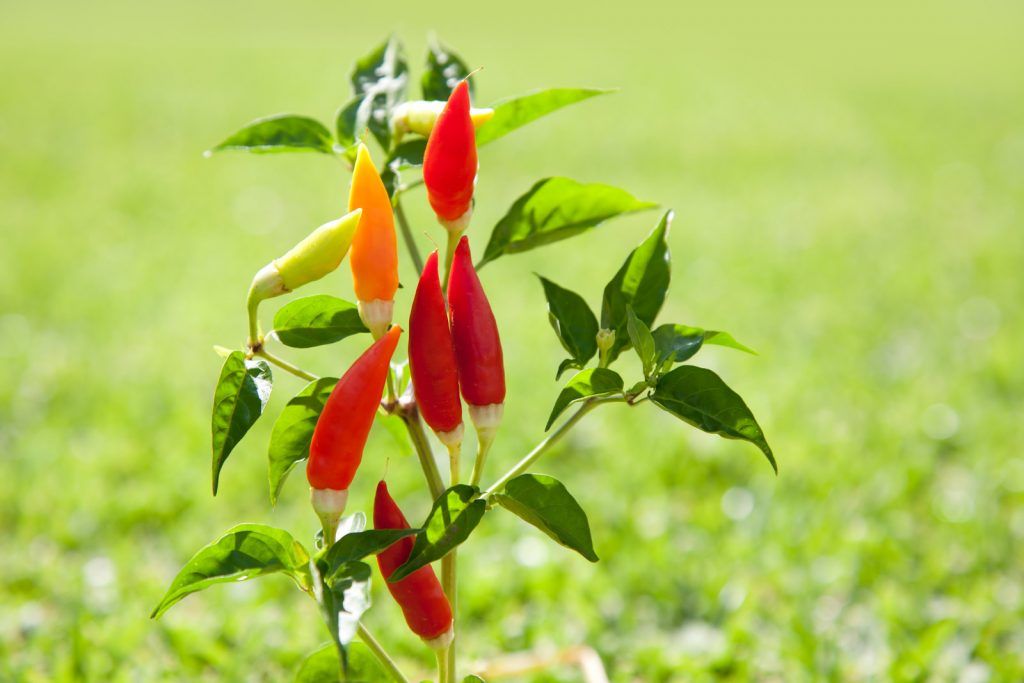
The chili is grown in a warm environment with plenty of sunlight on a daily basis so that it can thrive and be healthy. It is a plant that can be kept indoors or outdoors, taking care that it stays near a window if it is indoors or with some shade during the day if it is outdoors.
On the other hand, the soil must enjoy the most optimal conditions regarding nutrition, since it is essential. Other characteristics that you will have to take care of is that it is capable of draining water quickly, so less compact substrates are better.
As for irrigation, the chili has to be with constant humidity, especially on summer days that are usually so dry. The irrigation water must be located directly at the base of the plant because wetting the foliage and flowers can cause the appearance of fungi.
Planting chili peppers does not have to mean eating a lot of spicy food because there are varieties of all kinds that you can take advantage of according to your tastes. In order not to take risks, it is better that you look for information on the types of chili that exist and the level of itching that they can have.
The good thing is that, in general terms, they all tend to follow the same planting calendar that we explain here.
Maybe you are also interested in:

![Photo of [14 Types of Indoor Plants] to Have at Home](https://www.complete-gardening.com/wp-content/uploads/2022/08/14-types-of-indoor-plants-to-have-at-home-390x220.jpg)

![Photo of How to Plant Arugula: [Cultivation, Water, Fertilizer, Care and More]](https://www.complete-gardening.com/wp-content/uploads/2022/08/how-to-plant-arugula-cultivation-water-fertilizer-care-and-more-390x220.jpg)
